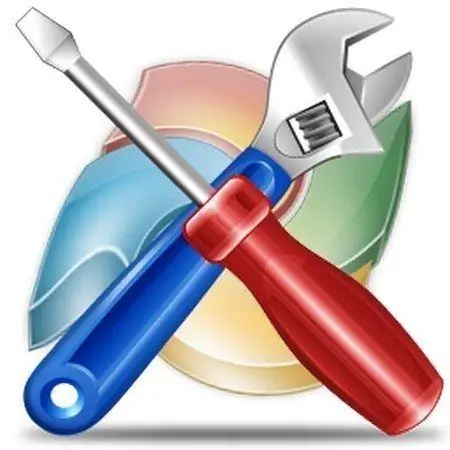As you install programs and work with files, the Windows operating system significantly slows down. However, by performing certain actions, it can be accelerated without resorting to buying new components.

Instructions
Step 1
A decrease in the speed of Windows can occur due to a large number of programs running in the background. These programs are often completely unnecessary. They are usually launched by automatic loading. To prevent these programs from slowing down your computer, exclude them from the startup list. Go to the "Startup" folder located at C: Documents and SettingsUserNameMain MenuProgramsAuto Startup and remove the shortcuts of unnecessary programs from it. In this case, you can run them at any time using the usual shortcuts. Deeper editing of startup can be done using special programs.
Step 2
You can also speed up Windows by deleting temporary files that are automatically created. The temporary files folder is located at c: // windows / temp. You do not need to delete the entire folder, just delete its contents. This will free up some space on the system disk, which will positively affect the speed of Windows.
Step 3
Defragmenting hard drives also speeds up Windows performance. During the defragmentation process, the files written to the disk are organized in its clusters, as a result of which access to them is significantly accelerated. The standard defragmentation method is to use the standard operating system tool. To enable it, click "Start" - "All Programs" - "Accessories" - "System Tools" - "Defragmentation". Do not run any programs during defragmentation. The duration of this process depends on the fragmentation of files, their number and the size of the hard disk.
Step 4
You can also speed up the operation of the operating system using special optimizer programs. They automatically analyze the state of Windows, delete temporary files and registry entries, allow you to edit startup and clean up the disk.






